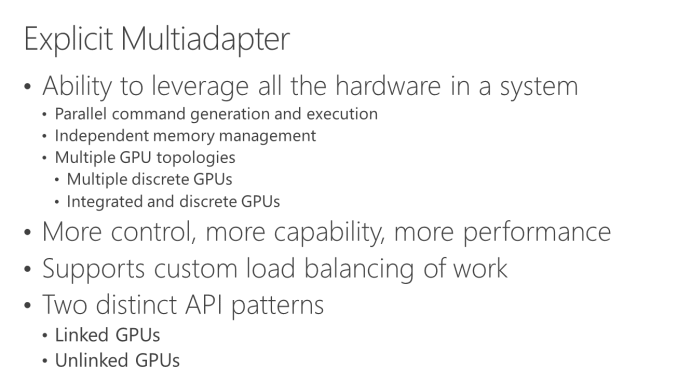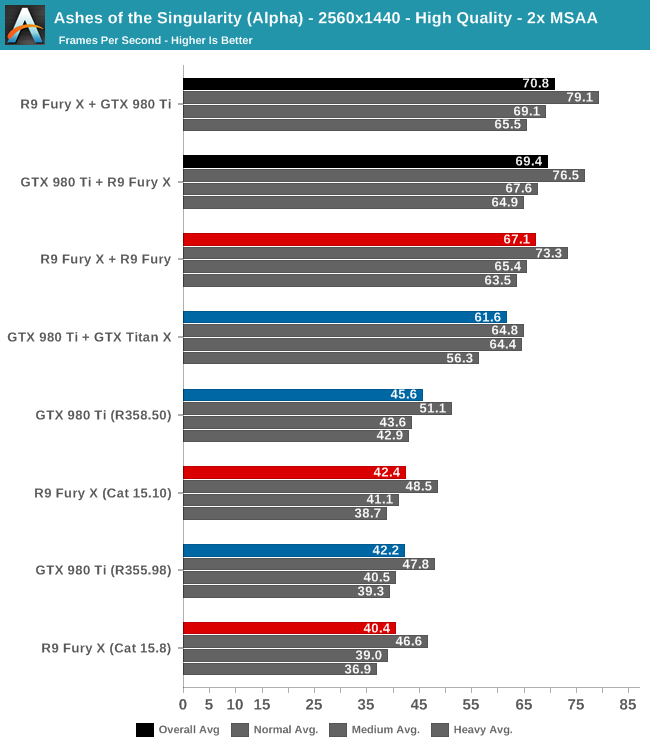Both AMD and Nvidia make components for servers farms, costing almost as much as the most expensive Mac Studio configuration cost
Boutique, which they will price down massively for supercomputer design wins and hyperscaler orders. The boutique prices we see are for boutique items, like PC workstations ... we never get to see the negotiated prices for specified use, which pay much closer to the mm2 prices than we can ever get (which are not the same as COTS volume prices either). The time where workstations were big volume big publicity items is long gone for PCs, not so much for Apple due to their unique circumstances. Apple owns more and more of the high end market and without fragmentation unlike the PC, so you can't compare it against PCs as a whole.
When ILM wants something to run their renderers for their good software they will not build it out of boutique priced items. They build it down to cost ... and that cost can't pay for massive interconnects to scale bad software a little better over a couple 10s of cores since they need to scale to 1000s any way, so faster interconnect between 10s of cores does nothing to help them. It's a very limited market where that kind of interconnect is really necessary for good software.
Sometimes good software can make use of Fugaku, Cerebras or M1 ultra bandwidth, but eeking a little more performance out of bad software, that's always been the true domain of SMP. Which combined with the willingness of Apple customers to just spend a little bit more is what will drive the use of the Studio too (where OS X plays not a small part too, if you're going to pay for quality you want a quality stack, hardware is not enough). Running poorly scaling software just a little bit faster and the occasional artist off-line rendering on it when he would probably be better of renting some renderfarm time, but can't be bothered to learn how.
Last edited:


